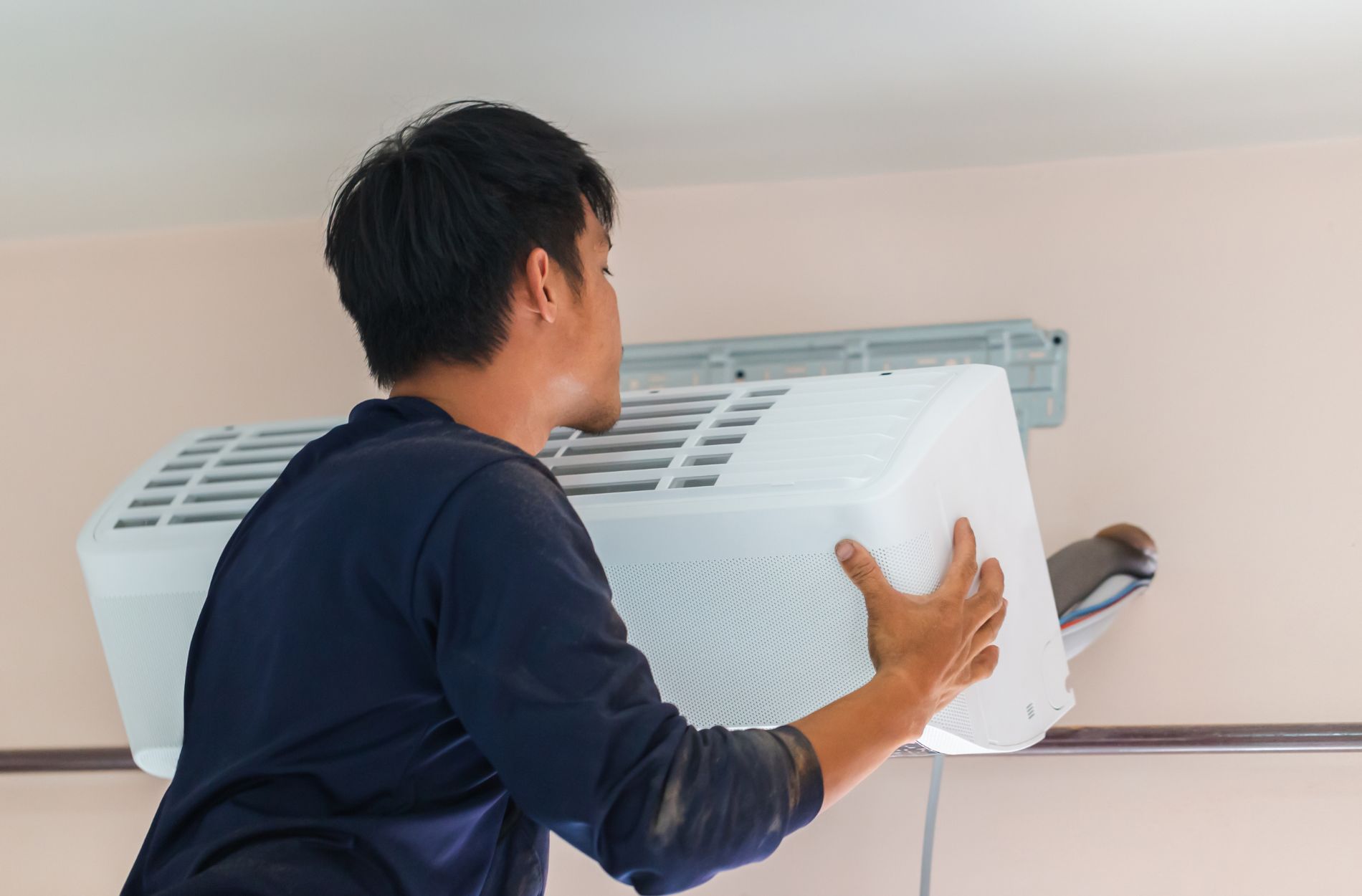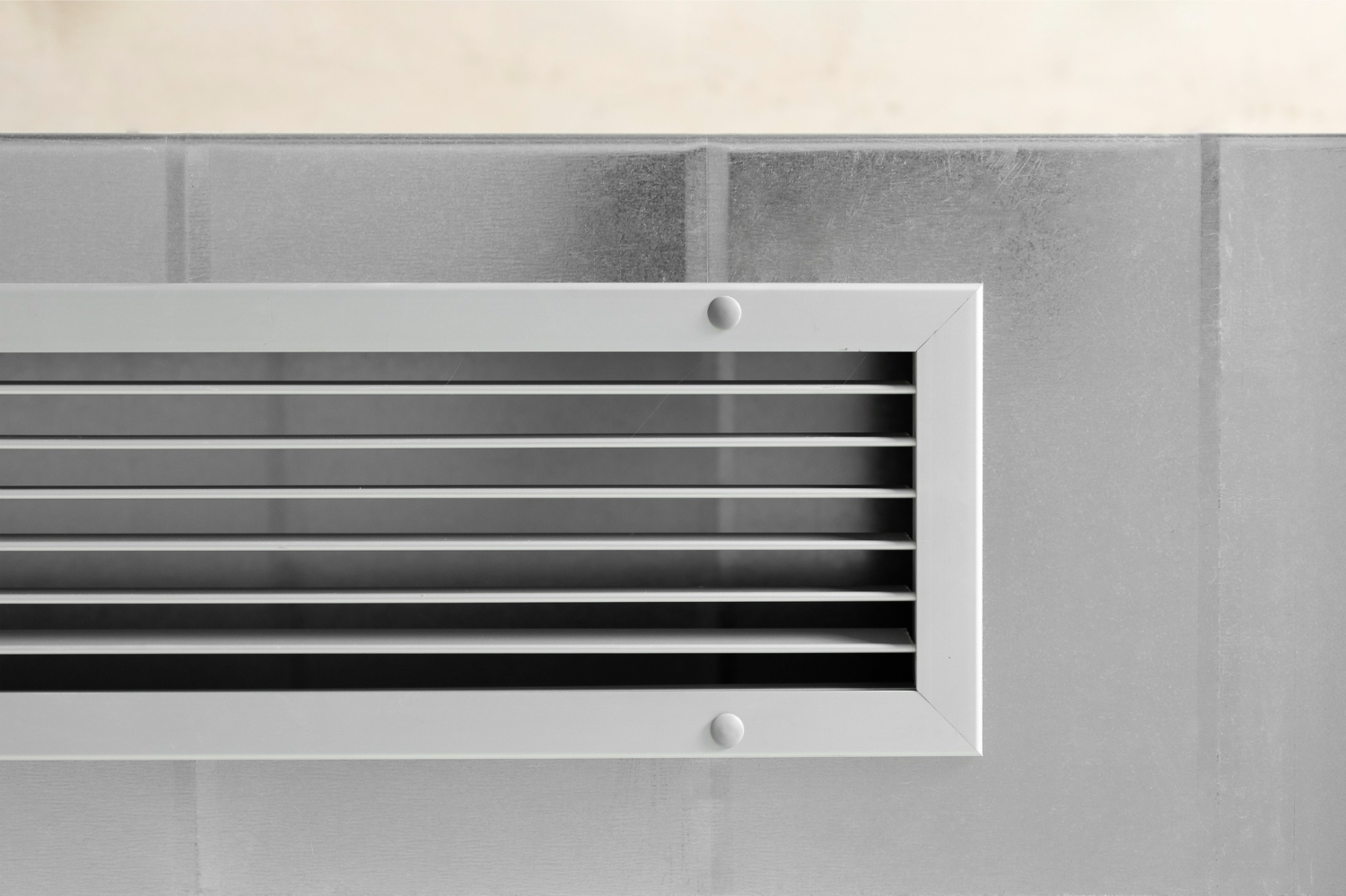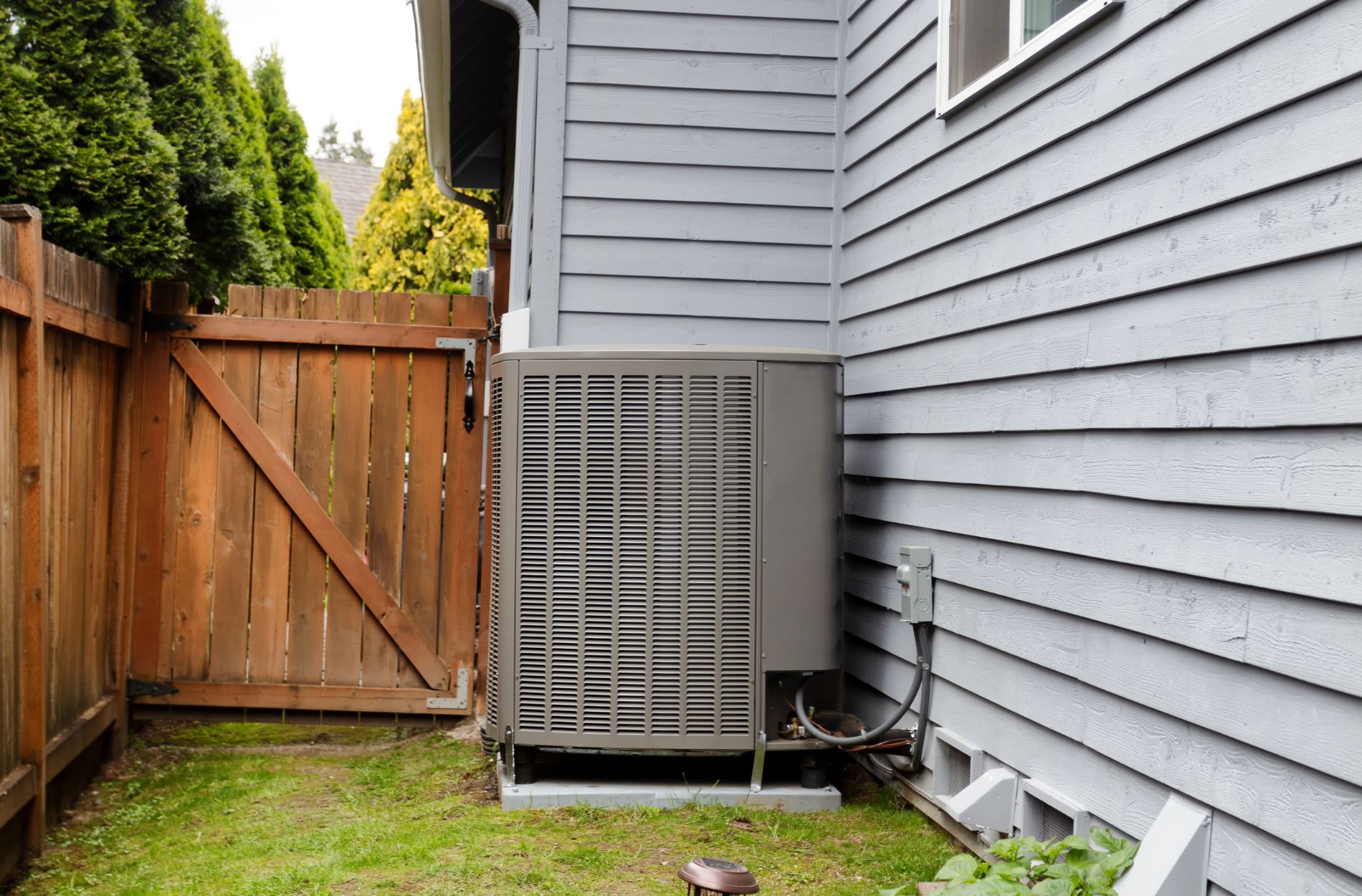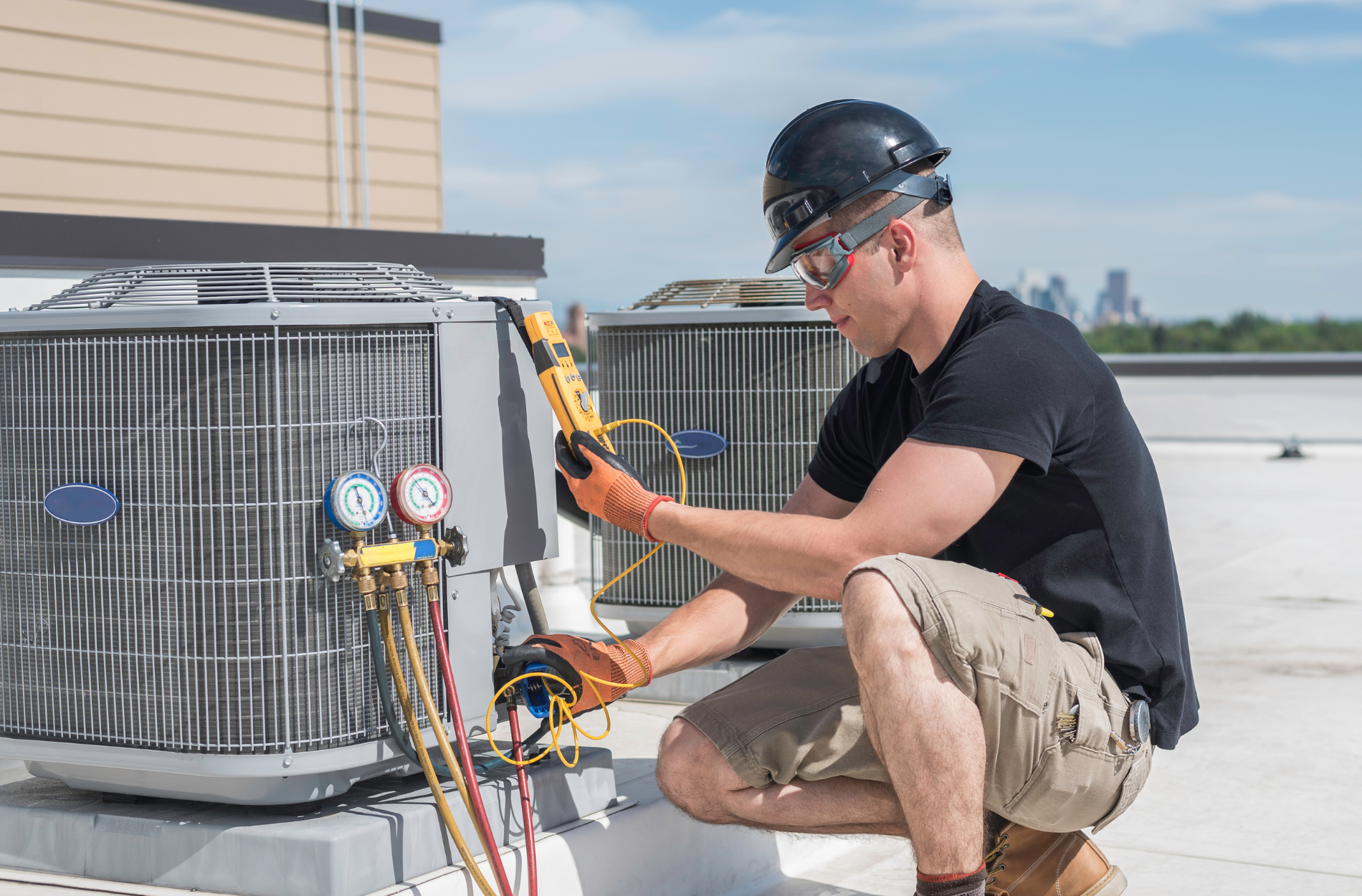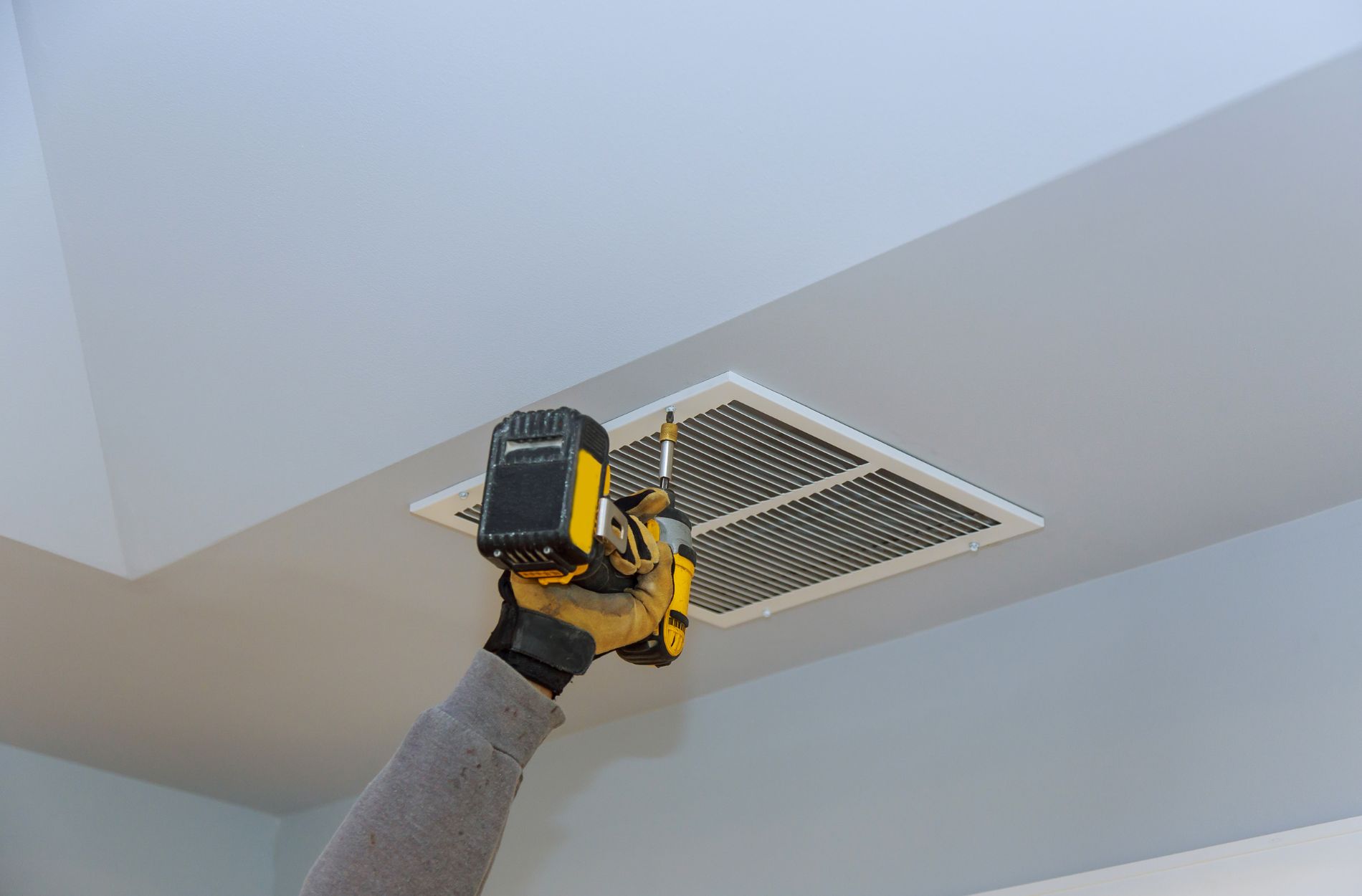Regardless of the temperature outside, something is likely amiss if your heating or cooling system is not releasing air through the vents. The most common causes of a lack of airflow from a furnace are frozen coils, a broken fan, and restricted airflow due to dirty air filters or a blockage in the vent.
As numerous other issues may also contribute to inadequate airflow, it is likely necessary to see a skilled professional for furnace repair regarding this matter. Contact Dutch Heating & Cooling offering heating installation in Fishers, IN if you require assistance.
Common Reasons Why Air Vents Are Not Blowing Out Heat.
Congested Ductwork
Each duct run in a home must be meticulously planned and installed to provide a specific amount of air to a specific room. Changes in its configuration have a corresponding effect on the ductwork’s ability to move the required air volume.
If the ductwork is structured in a manner that inhibits airflow, likely, the area will never receive the amount of air intended for it. The larger the distance the air must travel and the less straightforward, the greater the turbulence and the lower the probability that the air will reach its destination.
System Malfunctioning
There is a chance that the issue is not with the ducts or system design but with the system itself. Your home’s air conditioning unit may be malfunctioning, and as a result, some rooms will not receive air. Contact Dutch Heating & Cooling offering heating services in Fishers, IN if you require assistance with heater repair in Fishers, IN and the surrounding areas.
Some of the rooms in your home may receive cool air, but your HVAC system will have to work overtime to achieve even slight cooling.
Clogged Condensate Line
If you have a high-efficiency furnace and water accumulates around it, you might have a condensate blockage. It will result in the furnace shutting off and, in some cases, requires furnace replacement in Fishers, IN. During operation, high-efficiency furnaces produce water, which is then evacuated from the system via a condensate line.
If the line is obstructed, water might flow back into the water heater. This switch prevents the heating system from activating, protecting it from potential water-related damage. Dust, debris, mold, and ice, in the event of a recent cold spell, are the most prevalent sorts of obstacles. A failing condensate pump may also contribute to a problematic condensate line.

